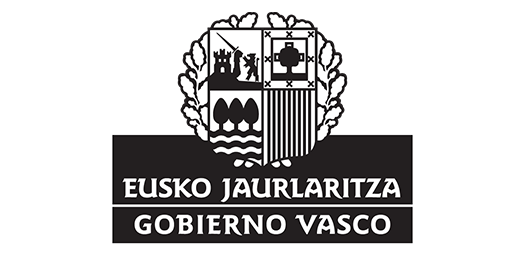Urak dakar - Workshops
MARION CRUZA LE BIHAN + AITOR IZAGIRRE: ROUTE FROM HERE: WORKSHOP/COLLECTIVE EXPLORATION
by
The workshop/collective exploration led by Marion Cruza Le Bihan and Aitor Izagirre forms part of the activities included in Urak dakar, the 2022-2023 edition of Space is The Place / The Place is Space. The aim of this program is to analyse the role of art as a critical practice that provides tools for pausing, looking and situating oneself in the world, in order to generate situations and imagine ways of experiencing and producing space. Structured through periodical meetings, it assumes different forms, such as workshops, presentations, reading sessions, walks, activities in the territory, and different artistic productions.
ROUTE FROM HERE: WORKSHOP/COLLECTIVE EXPLORATION OF SUBZONE 43.29895, – 3.01315, TRAPAGARAN, BIZKAIA
“Fashionable residential streets have become the heart of the rooming-house district; rooming-houses have become tenements; tenements have been reclaimed for studios and shops. Group has succeeded group; the world of fashion has become the world of furnished rooms, and into this world have come the slatternly residents of the slum. The Irish Kilgubbin has become the Swedish Smoky Hollow; the Swedish Smoky Hollow, a Little Sicily; and now Little Sicily becomes a Negro quarter”.
[Zorbaugh, 1919]The El Juncal and San Vicente roads in Trapagaran intersect at coordinates 43.29895, -3,01315. This point is key for our film in process. We met on 28th and 29th June and 3rd and 5th July 2022, first at the offices of the Durañona foundry, on the ground floor of the town council, and later we moved around the terrain starting from different points. We came together to talk about what was lacking, about what could be but isn’t, about what is but isn’t wanted; to recollect, walk about and imagine this landscape and the many ambiences it contains. We were all in some way interested in in the mining area and the Left Bank of Bilbao, as well as in the transformations that are taking place in this bustling scenario.
Zone 43.29895, -3,01315 is like the corner of a carpet from under which extend remains that have built up over recent decades. We find it interesting because, based on the ruins and the current activity, one can try out readings of the past and the economic and social future of Biscay: from the origin of the workers’ movement in the heart of the mining and industrial activity, to its disintegration as a consequence of social atomisation in the age of GAFA (Google, Amazon, Facebook, Apple).
Discussing work materials: plans, photographs, press cuttings, maps, a video sequence. Addressing concepts like “sonic landscape” or “psycho-geography understood as science fiction of urban planning”. Going out together to film and explore the zone. The water outlets, the sewage plant. The power grid, the steelworks and the car parks. The transportation of the ore. The Amazon vans. An engineering works abandoned in 1900. A burnt-out school for apprentices. On the basis of concrete positions one can size up a landscape. Explore it again and register it in video and sound recordings. Thinking with one’s feet, eyes, ears and mouth.
Participants in the workshop: Charo, Miguel, Oihana, Justo, Rafa, Joseba, Hugo, Jugatx, Israel, Ula, Yeray, Eider, Terri, Alvaro, Ibon, Silvia, Pablo, Miren, Aitor, Begoña, Marce, Aitor and Marion.
Marion Cruza Le Bihan and Aitor Izagirre are artists as well as teachers. They have collaborated on different projects since the year 2013, in particular on the exhibition Giltzapekoak: Notas sobre la reclusión (Under lock and key: Notes on Reclusion) which they curated together with Pablo Marte (Koldo Mitxelena Kulturunea, Donostia-San Sebastián, 2016). Basing herself on practice, Marion investigates ways of imaging films and the construction of “scenes”. This includes works in video and photography, writing dialogues, performances, drawings and installations. Aitor studied philosophy in Donostia-San Sebastián and has participated in the Basque experimental music scene for many years. He has published diverse texts in fanzines and magazines. He is currently working on films that in some way address the space of the landscape and the landscape of space.
Urak dakar recieves support from the Basque Government, the Regional Government of Bizkaia.













